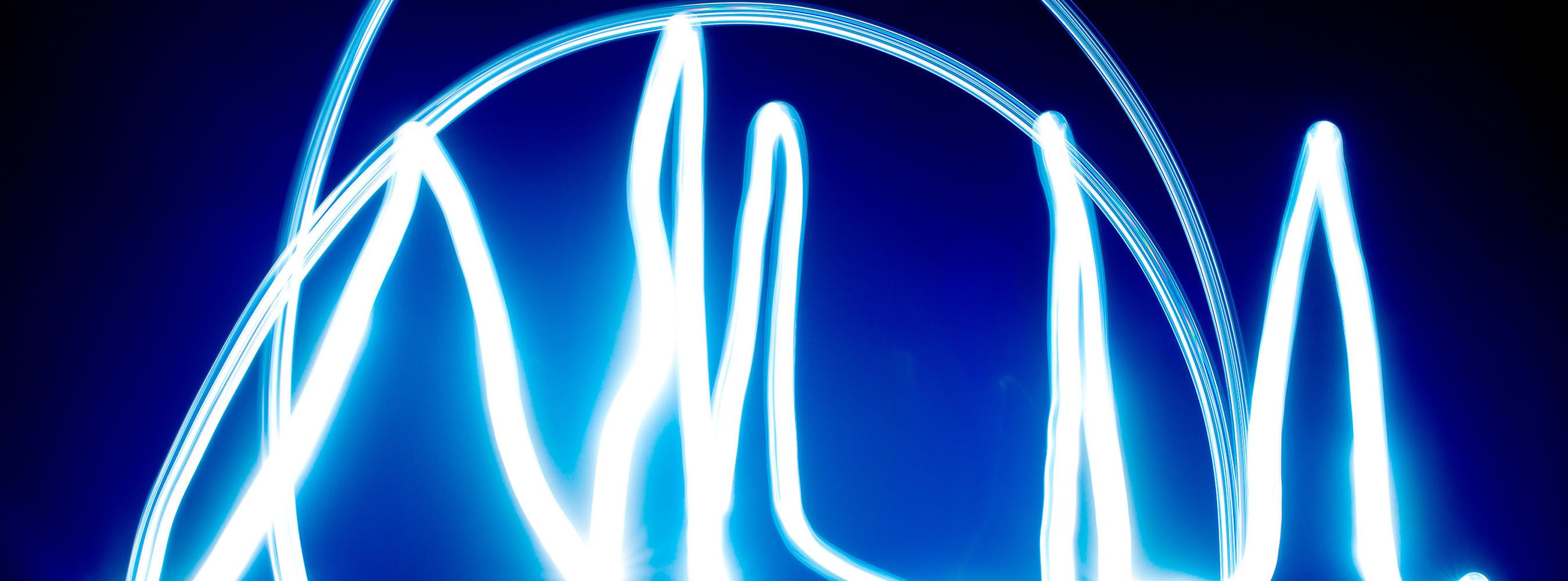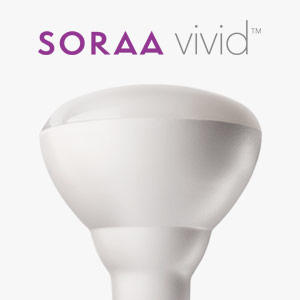Forget Sculpture - The Latest in Cutting Edge Design is Light Art
November 2017 - by SORAA
I like this
Charcoal, clay, marble, and paint are a few materials artists choose as their medium of expression. Light is another.
Of course, light has been central to art forms such as photography and film for nearly a century. Light art, a growing movement thanks to advancing digital technology, skips the camera, the actors, and the script, and instead focuses on exploring artificial light as the main material. By manipulating color, shadow, and where it’s directed—on a wall, as part of a mechanical “sculpture”, or illuminated inside a box or room—light art can take on a variety of qualities, textures, and subjects. And public interest is booming.
The idea of “light art” is relatively recent. László Moholy-Nagy, considered to be one of the fathers of light art, introduced his Light-Space Modulator (1922-1930) during the Bauhaus movement, which began in 1919. It used motorized metal discs, grates, and spotlights to illuminate a sculpture, which then cast shadows and reflections on its surroundings. Then a few world wars broke out, and the light art movement took a bit of a break.
In the meantime, neon tube lighting, introduced by Georges Claude at the 1910 Paris Motor Show, spread across cities worldwide. Though mainly used for advertising, neon transformed urban spaces. Since the late 1950s, bright ads and billboards made Times Square and Tokyo into global attractions due to the bright, primary colors of neon signage that seemingly turn night into day.
By the 1960s, light art returned in full force. Artists such as Dan Flavin, James Turrell, Keith Sonnier, and Jenny Holzer combined architectural spaces with light bulbs and neon tubing to transform everyday environments like airports, stairways, and underground tunnels into colorful experiences with the occasional sociopolitical message.
Since then, younger artists have started using computers and LEDs to bring light art to public spaces. Some of it has been controversial. One infamous example is the series of identical LED signs used to promote the cartoon Aqua Teen Hunger Force in 2007. As part of a guerilla marketing campaign, signs featuring a pixelated “Mooninite” character made of individual LEDs were placed in cities such as Boston, New York City, Atlanta, and Los Angeles. Authorities in Boston thought the LEDs were IEDs and the artists were arrested.
To protest said arrest, one could try digital graffiti. Using a projector, IR light, and a computer vision system, light art could be “sprayed” onto the wall of a building, complete with different colors, spray widths, and animations, as if you were using MS Paint—the company Luma accomplished this with its YrWall at the Bristol Festival in the UK. Then there are the messages that have been projected onto a certain hotel in Washington, D.C.—a kind of “vandalism without actually vandalizing anything.”
In 2013, London’s Hayward Gallery hosted Light Show, an exhibit that showcased work from 22 artists, including pieces by Jenny Holzer and Dan Flavin, whose pieces often sell for millions at auction. One standout, Carlos Cruz Diez’s “Chromosaturation”, had attendees wear booties and walk around three connecting rooms lit in pure blue, green, and red shades.
Meanwhile, in July, Tokyo used another form of light art, projection mapping, to play scenes from the movie Akira (a name that means “bright) on the sides of the Tokyo Metropolitan Government Building in anticipation of the city’s Olympic games in 2020.
For a more permanent exhibition, you can visit the world’s first and only museum dedicated to light art in Unna, Germany. At this former brewery, you’ll find art by James Turrell, Keith Sonnier, Olafur Eliasson, Rebecca Horn, and more. The museum even awards emerging artists with an International Light Award which offers a financial prize that could alleviate the expense of the new technologies and energy usage inherent in light art.








